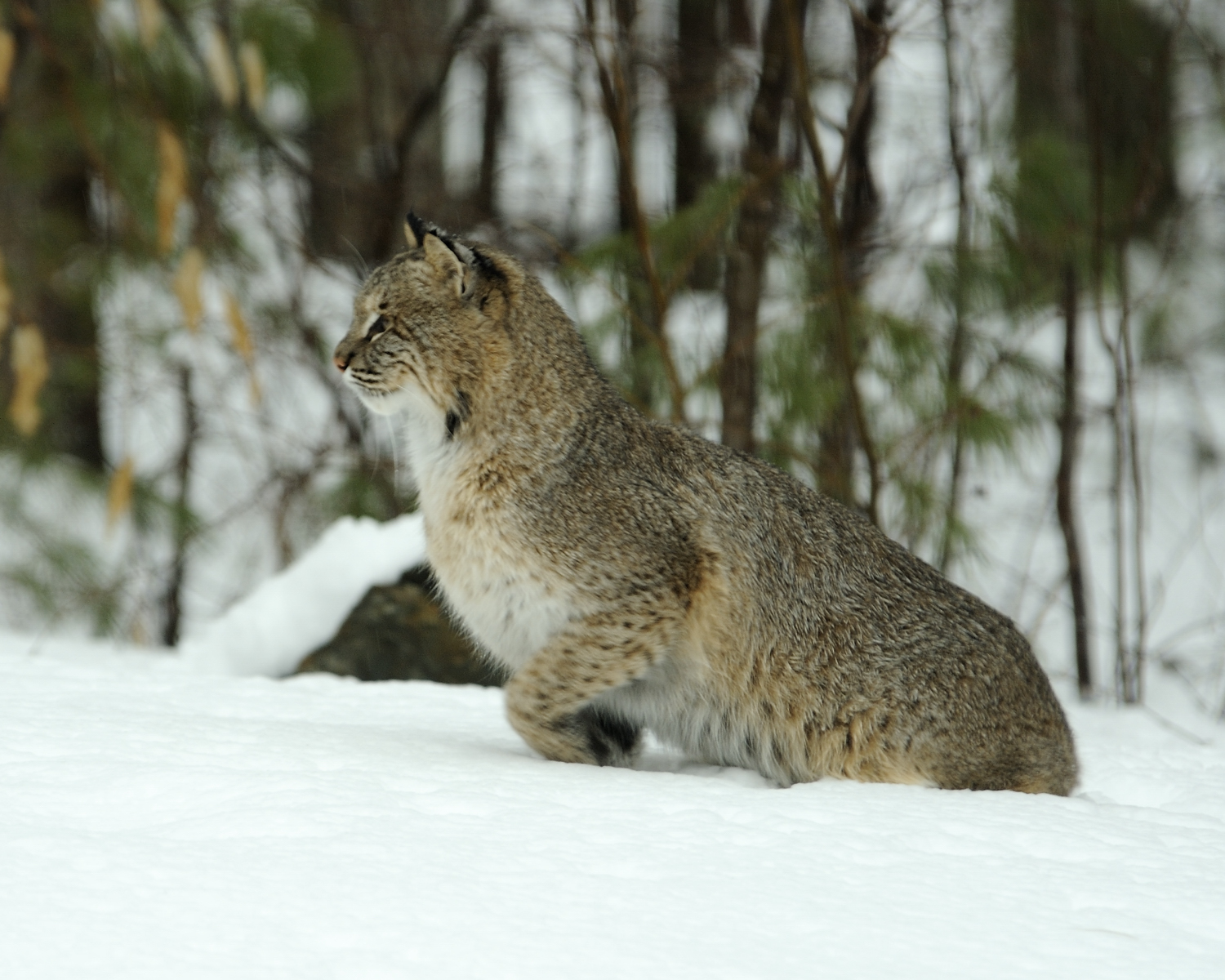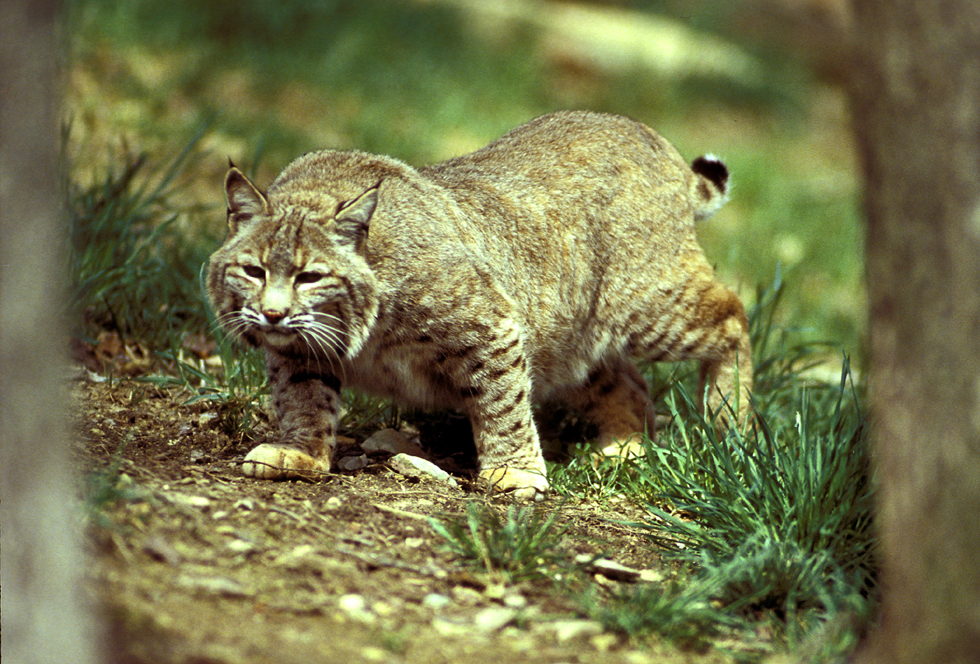
Classification
The Lynx rufus is part of the kingdom animalia. It is placed in the kingdom because it shares the general characteristics of others in this kingdom. It is a multi-cellular eukaryotic organism, meaning it has membrane organelle controlled by a nucleus (Hickman et. all 2012). Animals are also completely heterotrophic. They are motile and they have a fixed developmental schedule that they follow. They are part of the phylum Chordata because of their development of a notochord, or a still nerve chord of cartilage, plus they are deuterosomes that possess a post anal tail and an endostyle, which is a groove in the ventral wall of the pharynx (Hickman Et. all 2012). This phylum includes fish, reptilians, mammals, birds, and amphibians. The Bobcat is included in the class of mammalia. It is part of this class because of giving birth to live young and mammary glands in females. They also are warm blooded, possess three inner ear bones, and their teeth are not regenerated throughout their entire lives.

The Bobcat is a completely terrestrial organism. It possesses five very sharp, retractable claws and they have very prominently developed canine teeth. They have six canines and two conical molars in each jaw, like other carnivores. Their diet consists entirely of meat like other carnivores, Therefore Lynx rufus is part of the order of Carnivora (Hickman Et. all 2012). Next down the classification list is the family. The Bobcat is part of the family Felidae. This branch also includes Hyena, Mongoose, and civet families. The earliest cat like animals can be traced back to their ancestor Pseudailurus. This occurred around 25 million years ago (Kleiman Et. all 2001). Males are larger and have slightly different skull shapes, otherwise not much sexual dimorphism occurs (Sikes 1993). Felids are obligate carnivores, which means they require a diet of organs and meat to survive. Bobcats are among the strictest of obligate carnivores. Also they have developed very large eyes that are good at detecting movement. Bobcats have acute, binocular, color vision. Their eyes have a high presence of tapetum lucidum which allows their eyes to adapt very quickly to low levels of light and as a result, their eyesight is very good at night (Kleiman Et. all 2001). They have acute hearing used for the location of prey. Highly developed hearing and eyesight are characteristics of the Felidae.
 The bobcat is included in the
genus of Lynx, as well as the Canadian Lynx and Eurasian Lynx.
The name Lynx originated from the Greek word Leuk meaning light
brightness (Allen 1889). This was referring to the reflectivity
present in the eyes from the tapetum lucidum. The cats in this
genus range in weight from 16 to 66 pounds, and lengths from 28
to 51 inches (Guggisberg 1975). The ears are tufted and tipped
with black, as well as their short stubby tails. All Lynx have
white colored fur on their bellies, the underside of their legs,
and their chests (Guggisberg 1975). Lastly, we have the species
of Lynx rufus. Lynx rufus is distinguished from the rest of the
genus around 1.8 million years ago (Boorer 1970). It inhabits
most of the continental United States. It has distinguishing bar
shaped markings on its forelegs, and it has a black tip on its
short, distinctive tail. This tail is also where they derived
its common name Bobcat (Allen 1889).
The bobcat is included in the
genus of Lynx, as well as the Canadian Lynx and Eurasian Lynx.
The name Lynx originated from the Greek word Leuk meaning light
brightness (Allen 1889). This was referring to the reflectivity
present in the eyes from the tapetum lucidum. The cats in this
genus range in weight from 16 to 66 pounds, and lengths from 28
to 51 inches (Guggisberg 1975). The ears are tufted and tipped
with black, as well as their short stubby tails. All Lynx have
white colored fur on their bellies, the underside of their legs,
and their chests (Guggisberg 1975). Lastly, we have the species
of Lynx rufus. Lynx rufus is distinguished from the rest of the
genus around 1.8 million years ago (Boorer 1970). It inhabits
most of the continental United States. It has distinguishing bar
shaped markings on its forelegs, and it has a black tip on its
short, distinctive tail. This tail is also where they derived
its common name Bobcat (Allen 1889). To continue to learn about the Lynx rufus check out the Habitat page.